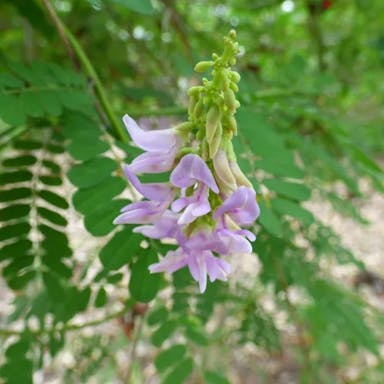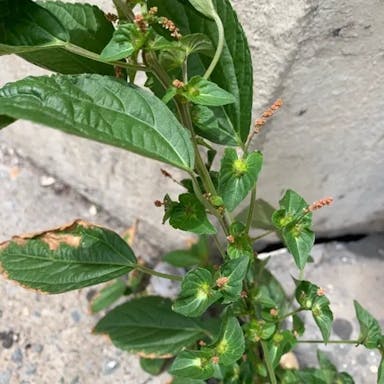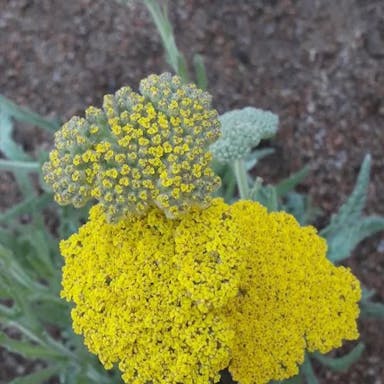Smooth meadow grass thrives in full sun to partial shade, preferring at least 6 hours of direct sunlight daily. It exhibits good cold tolerance, able to withstand frost and cooler temperatures. During hot weather, it shows moderate heat tolerance but may benefit from some shade to prevent scorching. Optimum temperatures for growth range between 60-75°F (15-24°C). In summer, ensure adequate watering to prevent drying out, especially in full sun. During winter, reduce watering to avoid waterlogging in colder temperatures. Placing Smooth meadow grass in well-draining soil with good air circulation is essential for its health. It can withstand strong sunlight but may require some protection during intense midday sun.
0
0












